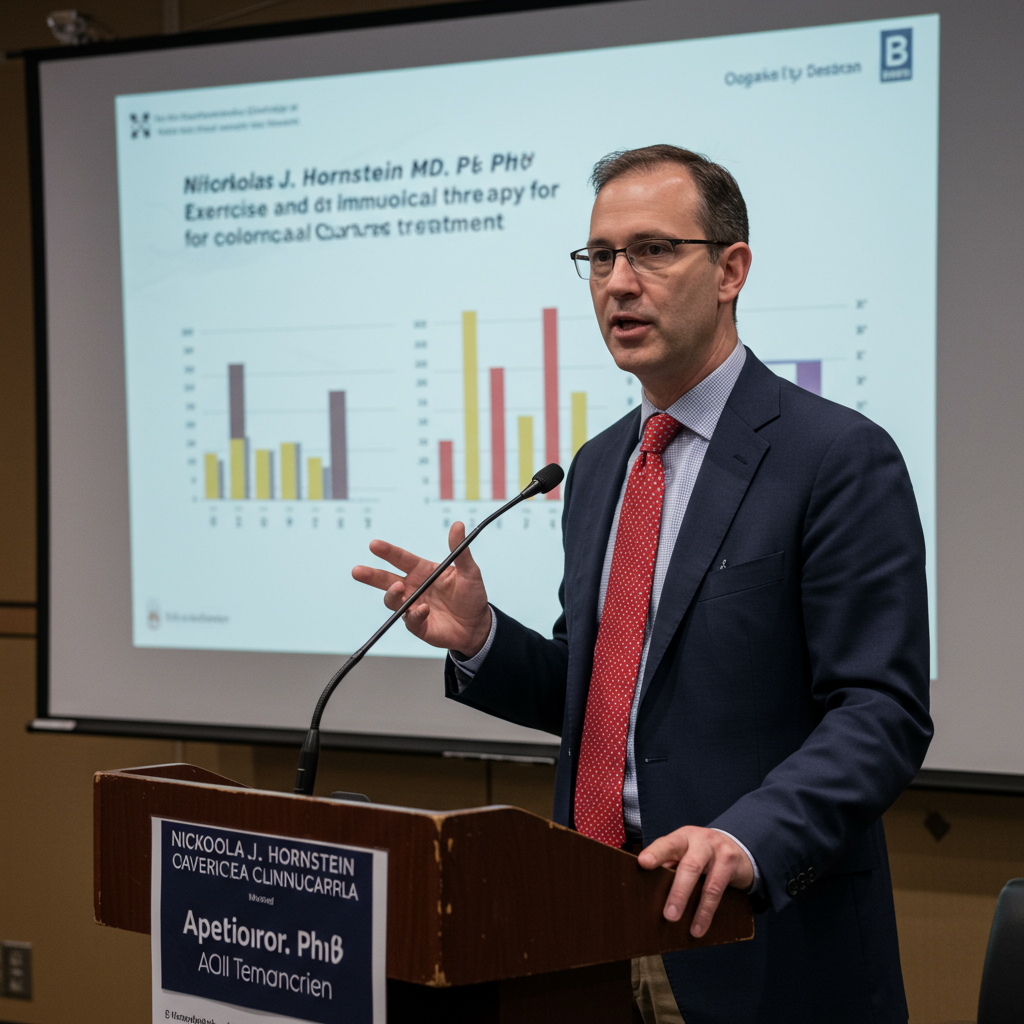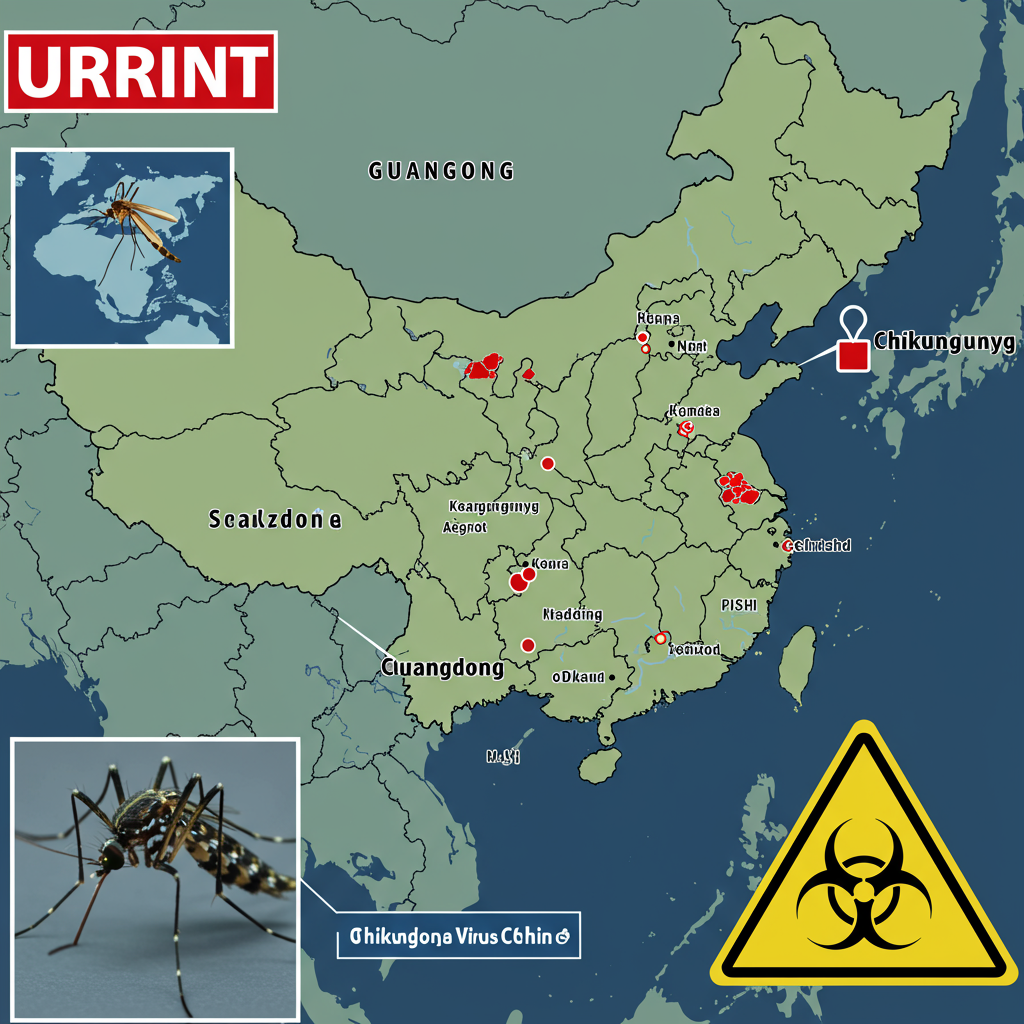Indonesia’s Mount Lewotobi Laki-Laki volcano on Flores Island erupted dramatically on Tuesday, sending a massive column of ash and volcanic material soaring high into the atmosphere. The powerful eruption triggered significant disruption, particularly impacting air travel to and from the popular tourist destination of Bali.
Details of the Eruption and Alert Status
Located in East Nusa Tenggara province, the Mount Lewotobi Laki-Laki peak erupted at approximately 5:35 PM local time on Tuesday, June 17. According to Indonesia’s volcanology agency, the ash plume reached an astonishing height of over 11 kilometers (more than 6.8 miles, or over 36,000 feet), described as thick and grey, visible from many miles away.
The eruption followed a notable surge in volcanic activity, with experts recording a significantly increased number of tremors in the hours prior. In response to the heightened activity and the dramatic ash emission, authorities swiftly raised the volcano’s alert status to the highest level, Level 4, indicating a major eruption is underway or imminent and posing a severe threat.
Widespread Air Travel Disruption
The most immediate and far-reaching consequence of the eruption was severe disruption to air travel across the region. Volcanic ash poses a significant hazard to aircraft engines and visibility, forcing airlines to alter or cancel flight paths.
Bali’s main international gateway, I Gusti Ngurah Rai International Airport (DPS) near Denpasar, saw dozens of flight cancellations on Wednesday as a direct result of the ash cloud drifting towards crucial air routes. Airports closer to the volcano on Flores Island, such as Fransiskus Xaverius Seda Airport in Maumere and the international airport in Labuan Bajo (the gateway to Komodo National Park), also faced closures and cancellations.
Numerous international airlines operating routes between Bali and destinations in Australia, Singapore, India, and elsewhere, including major carriers like Jetstar, Virgin Australia, Singapore Airlines, Air New Zealand, and others, cancelled or delayed services. Domestic flights, particularly those heading towards Flores, were also affected, impacting thousands of travellers. While Bali airport itself technically remained open, the safety assessment of the ash cloud by airlines led to widespread route-specific cancellations.
Local Impact and Safety Measures
Near the volcano, authorities implemented critical safety protocols to protect residents. An exclusion zone of at least 7 to 8 kilometers (approximately 4.3 to 5 miles) around the crater was established, with a strict advisory for residents and tourists to avoid all activities within this radius due to the ongoing risk of eruption and seismic activity.
At least two villages located close to the volcano were evacuated as a precautionary measure. Ash rain fell in several villages located outside the primary exclusion zone, covering streets, buildings, and surrounding areas with thick grey ash, gravel, and sand.
Officials also issued urgent warnings about the potential for hazardous lahar floods – dangerous mudflows made of volcanic debris – should heavy rain occur on the volcano’s slopes. Communities situated near river valleys originating from the peak were highlighted as particularly vulnerable. Residents in areas affected by ash fall were strongly advised to wear face masks to protect their respiratory health.
Context: Indonesia on the “Ring of Fire”
Indonesia is located on the Pacific “Ring of Fire,” a highly active geological zone where multiple tectonic plates collide. This geographical position makes the archipelago one of the world’s most volcanically active countries, home to over 120 active volcanoes. Mount Lewotobi Laki-Laki, part of a twin-peaked volcanic complex on Flores (paired with the taller, calmer Perempuan peak), is known for its activity.
This latest eruption follows previous periods of heightened activity at Mount Lewotobi Laki-Laki. The volcano experienced multiple eruptions in November of the previous year, which tragically resulted in nine fatalities, injured dozens, and forced thousands of local residents to evacuate their homes. It also saw a period where the alert level was raised in May.
Ongoing Monitoring and Travel Advice
Tremors continue to be detected, indicating that volcanic activity at Mount Lewotobi Laki-Laki is ongoing and the situation remains volatile. Authorities are continuously monitoring the volcano and the movement of the ash cloud.
Residents near the volcano are advised to remain vigilant and heed instructions from disaster management agencies. Travellers with planned flights to or from Flores or Bali are strongly encouraged to contact their respective airlines directly for the most current information regarding flight status and potential disruptions.




